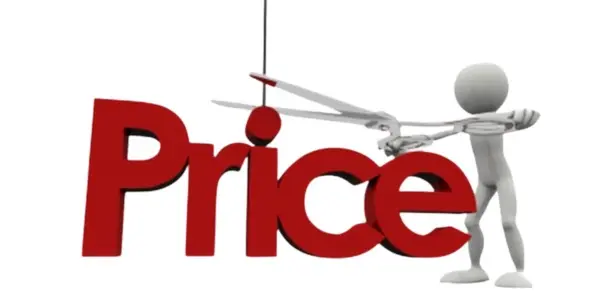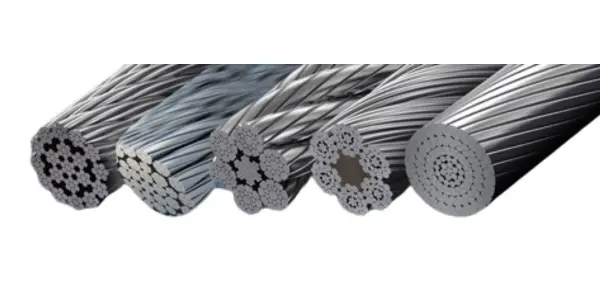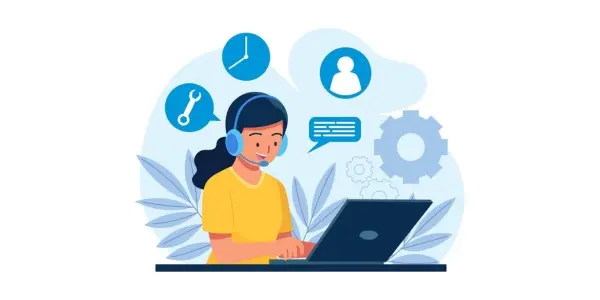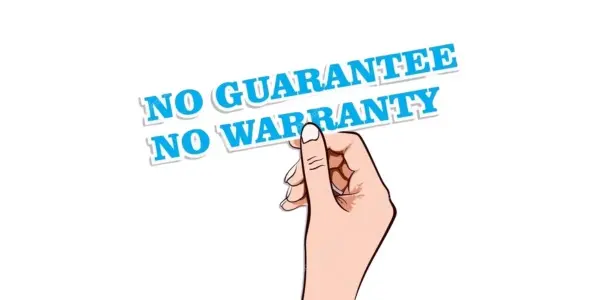Sourcing the right elevator parts is more than just a line item on a budget sheet—it’s a key factor in ensuring your elevators run reliably, safely, and cost-effectively. Yet many buyers fall into recurring traps that cost time, money, and sometimes even passenger confidence. Drawing on years of experience supplying high-quality elevator components, we’ve identified five misconceptions that routinely undermine procurement efforts. Let’s explore each one in depth from a client’s perspective, so you can steer clear of these pitfalls.
When faced with tight budgets or unexpected repairs, buying the lowest-cost parts feels like a smart decision. After all, that’s immediate savings on your purchase order.

Elevator components operate under high loads, frequent cycles, and strict safety standards. Ultra-low-cost parts often originate from factories cutting corners on raw materials, heat-treatment processes, or quality testing. For example:
Over time, the cost of emergency call-outs, repeated labor, tenant complaints, and collateral damage to adjacent systems will far exceed any initial “savings.”
When a replacement part shares the same basic dimensions, many assume it’s safe to install, regardless of make or model.

Elevators are finely tuned systems. Two parts may look identical on the outside but differ in critical ways:
Installing a superficially compatible part can introduce hidden stresses, accelerate wear, and trigger unforeseen failures.
Once the part arrives, buyers often consider procurement complete, assuming installation and commissioning will go smoothly on their own.

Even the highest-quality parts sometimes need fine-tuning or technical guidance during installation:
When parts suppliers offer responsive after-sales support—phone consults, wiring diagrams, or on-site commissioning—the installation process is smoother, and potential issues are caught early.
User-friendly e-commerce sites tout low prices, fast delivery, and vast selections, tempting buyers to click “order” without vetting the seller.

Marketplace listings can be a minefield of unverified products:
Trustworthy elevator parts require full traceability—batch numbers, certificates of conformity, and factory inspection records, which reputable distributors provide but general marketplaces cannot guarantee.
Stockpiling spares feels prudent—why worry when you’ve got replacement parts on the shelf?
Elevator components sit in warehouse conditions that can degrade over time:
Without inventory management—rotating stock, observing expiration dates, and pulling updated part revisions—you risk installing “fresh-out-of-the-box” components that are effectively out of spec.
Sourcing elevator parts isn’t just a matter of clicking “buy.” It requires a strategic approach that balances cost, compatibility, and service. By avoiding these five misconceptions—focusing solely on price, assuming interchangeability, underestimating after-sales, trusting unvetted online deals, and hoarding stock without regard for shelf life—you’ll maximize uptime, control expenses, and keep your elevators safe.
At POTENSI, we partner with clients to deliver certified, high-performance elevator components across every system: from traction sheaves and VFD drives to door operators and safety governors. Our expert technical team ensures you get the right parts, the right guidance, and the right timing—every time. Contact us today to learn how we can streamline your parts sourcing, safeguard your operations, and extend the life of your equipment.
① Get 10% off on your first order.
② Get latest news about our promotion products.
③ Get our sales specialist VIP service 24/7.
④ Get access to our credit payment time.
WhatsApp us
